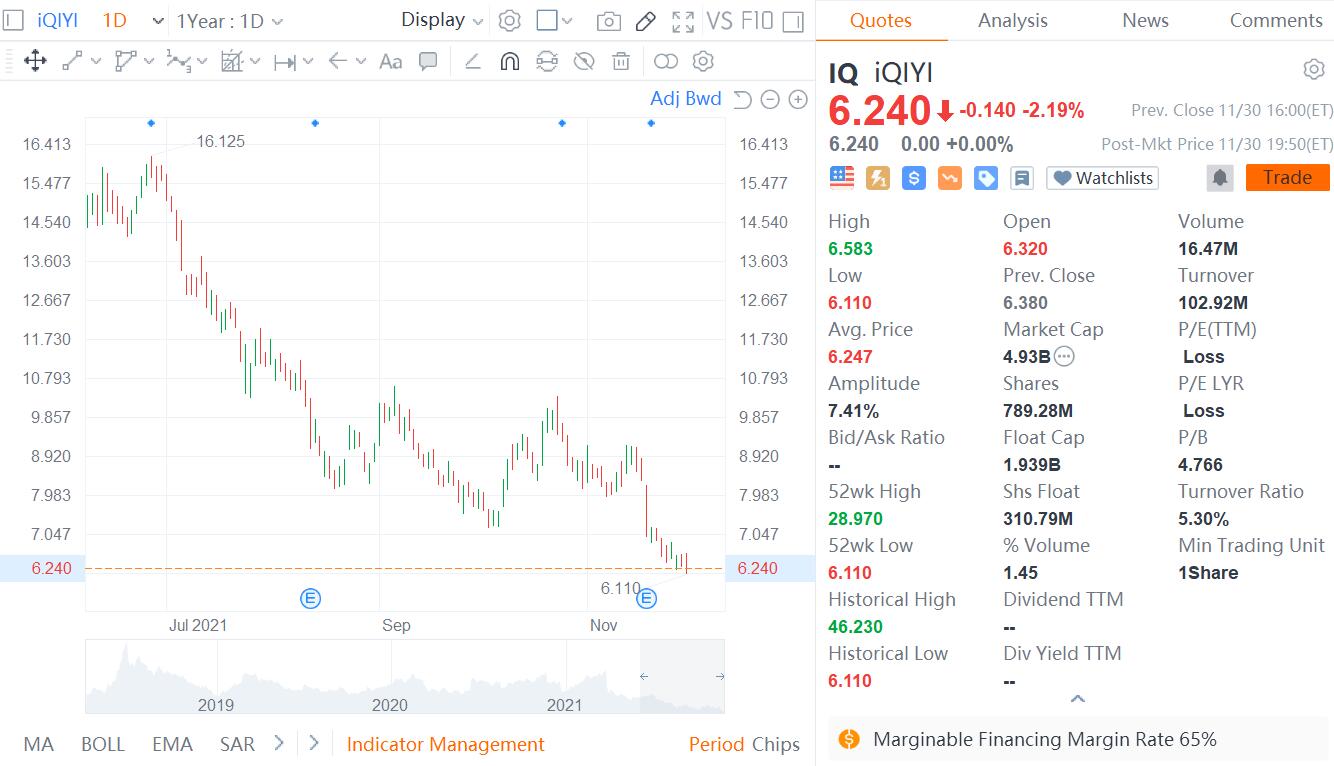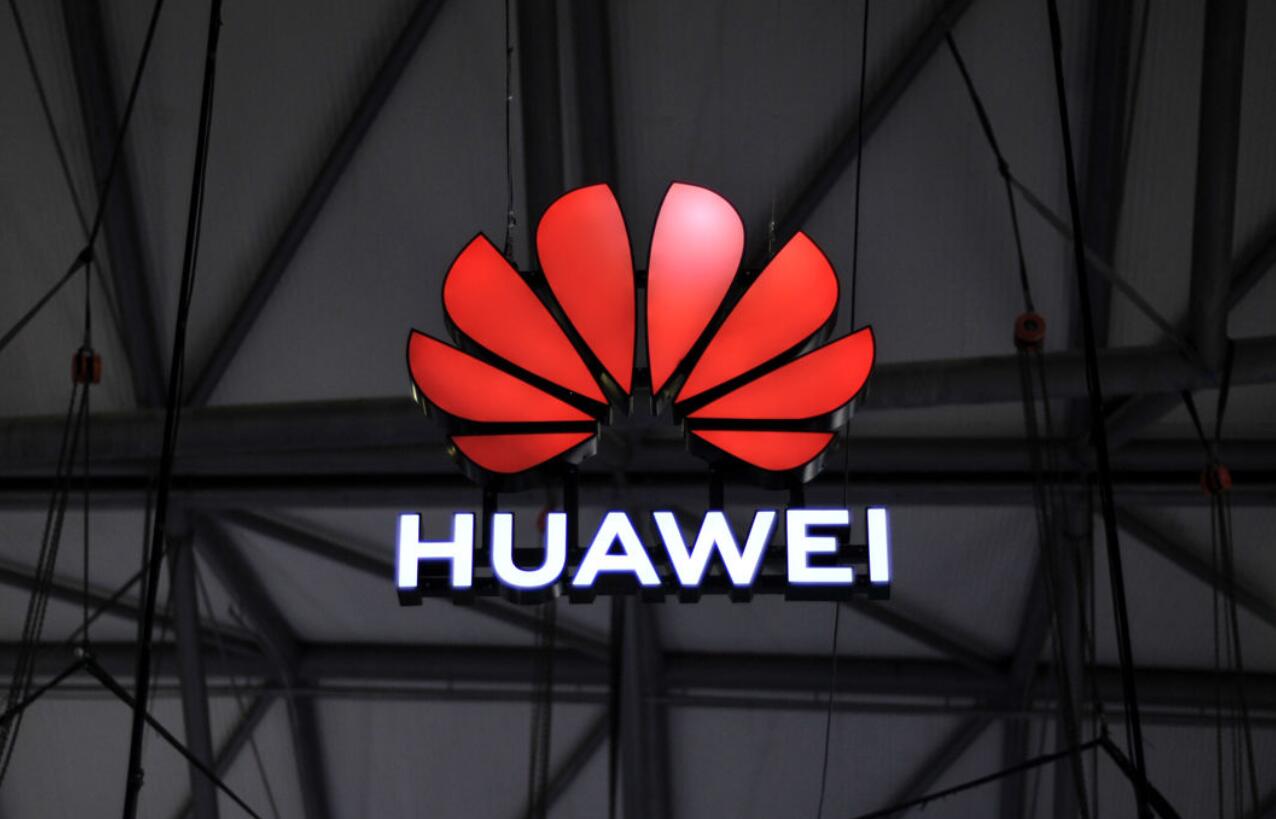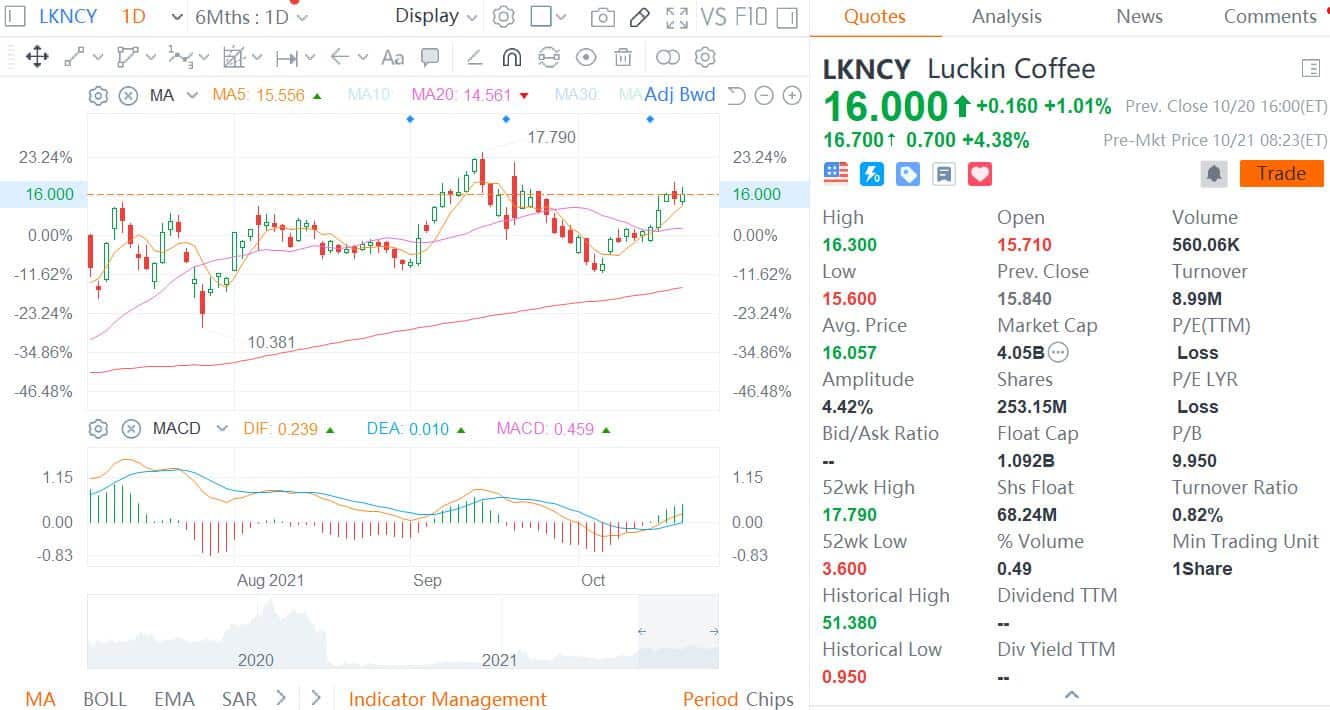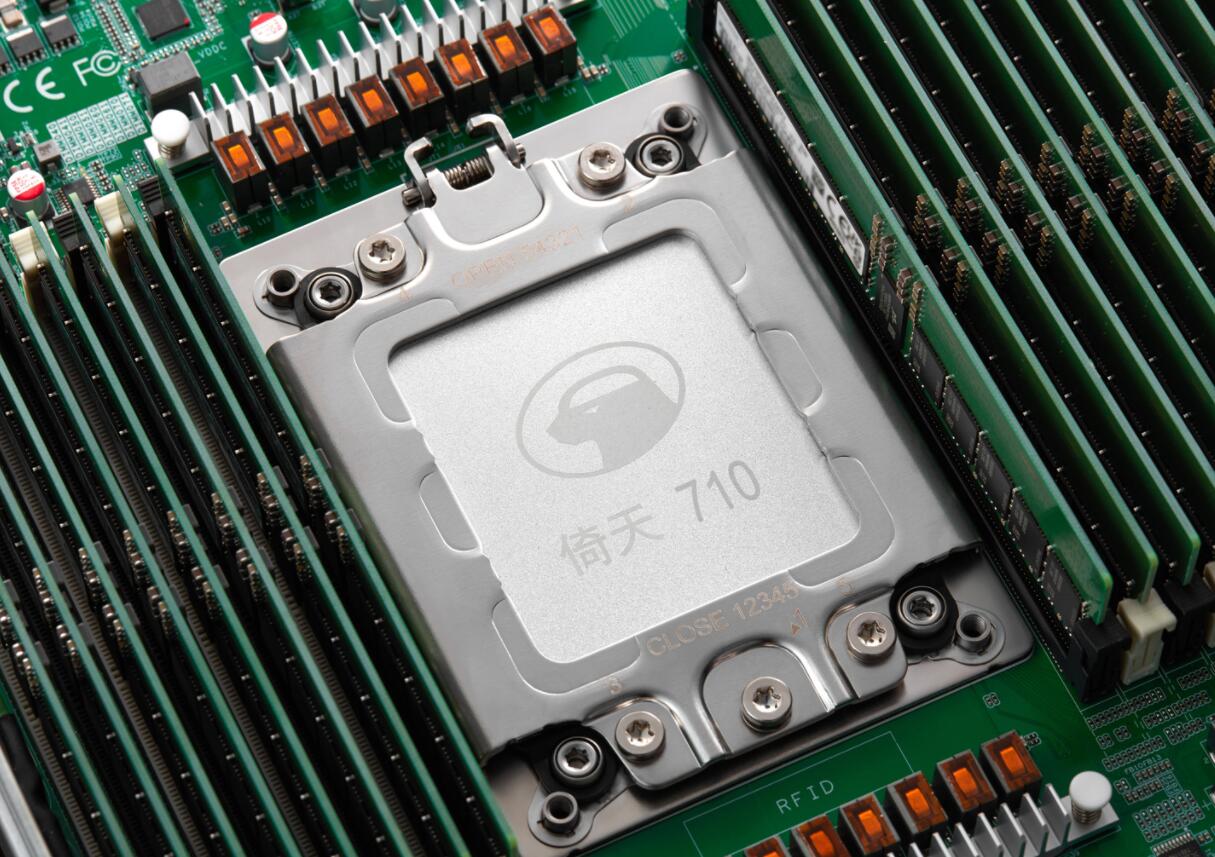
China Unicom and China Telecom opened China's first 5G SA base station jointly built by the two in Guangdong, China Unicom announced on Weibo on December 14.
The SA (Stand Alone) architecture is the basis for deploying technologies such as super uplink, network slicing, and edge computing. Compared with the NSA (Non-Stand Alone) architecture, it has the advantages of large uplink bandwidth and low two-way delay.
The SA co-construction and sharing networking is relatively simple, and there is no need to consider complex anchor solutions, which greatly reduces the difficulty of construction, maintenance, and optimization.
This time, China Unicom and China Telecom simultaneously launched a 5G SA co-construction and shared commercial site in their respective construction areas, and successfully completed related business interoperability tests. The user experience of both parties was in line with expectations, laying a foundation for subsequent SA co-construction and large-scale commercial use basis.
In addition, from the speed measurement screenshots shared by China Unicom, the 5G SA site can achieve an excellent network experience of 1,099Mbps downloads, 250Mbps uploads, 14ms delay, and 0 packet loss.
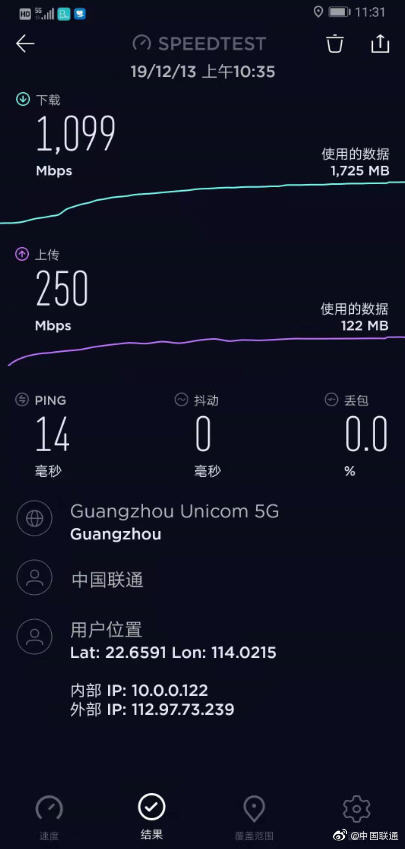
On September 9, China Unicom and China Telecom announced the first 5G network joint construction agreement, and the two parties will cooperate to build a 5G access network nationwide.
Subsequently, media reports said that Huawei, China Unicom, and China Telecom opened more than 5,000 shared 5G base stations in the urban area of Beijing within a month. The report does not mention the networking method, but it should be NSA architecture.
On October 31, Wang Xiaochu, Chairman of China Unicom, said at the China International Telecommunications Exhibition 5G Commercial Launching Ceremony that the two sides have now opened 5G co-built shared base stations in 24 provinces.


